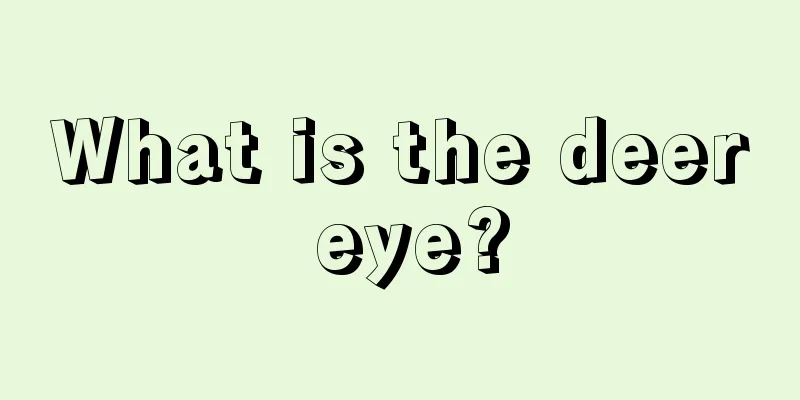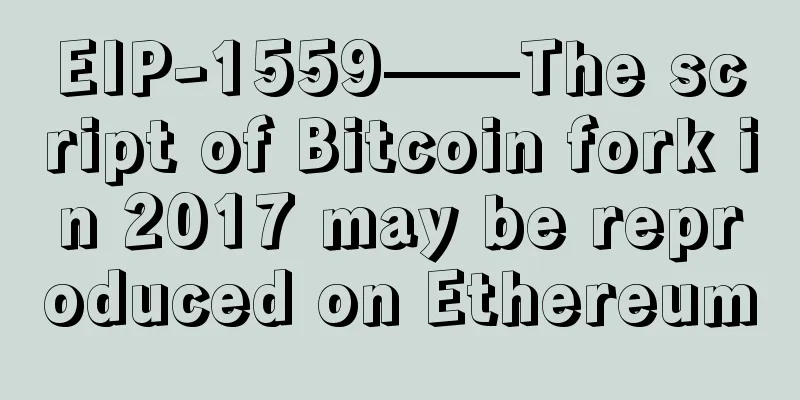"Blockchain: Reshaping the Economy and the World" takes you into the application scenarios of blockchain

|
Recently, there is a piece of news that is quite eye-catching: "The Internet has subverted the world, but blockchain is going to subvert the Internet." Since the concept of the Internet entered the public's field of vision, we have heard the word "subversion" too much, so that some slightly bigger changes have also been given the name of subversion. Let's put aside some impetuous propaganda and think about it calmly. What exactly has the Internet subverted? To be honest, many industries have indeed been impacted by the Internet, such as retail, finance, news publishing, manufacturing, etc. In these industries, the Internet, as a platform, has spawned the emergence of some brand-new business models, which has fundamentally changed the traditional industrial model. The forms of many industries have become richer and more diversified. For example, the emergence of online shopping has transformed the original retail industry into two parts, online and offline, and the online part still has room for growth. Another example is p2p, which has allowed traditional financial investment to start its online journey. However, from the essence of these industries, it seems that the models of many traditional industries also have the tenacity of magic. Although they have been impacted and squeezed, they can still stubbornly innovate themselves on the original model and continue to survive tenaciously. Just like various types of physical stores, after various improvements, they still occupy the majority share in some traditional industries. This shows how difficult it is to completely subvert. Since last year, the concept of blockchain has become popular, especially in some developed countries, where it has been popularized by celebrities. Blockchain has also been dubbed as a disruptor, and it is likely to sweep the world. More than 40 international consortiums have jointly invested heavily in blockchain companies in the hope of occupying a larger share in the next economic blueprint. Many international consulting agencies have predicted that blockchain will first impact the financial industry and then affect a wider range of economic fields. We cannot doubt that these more than 40 international consortiums are wrong at the same time, but if we remove the halo of hype surrounding blockchain, we will find that it is still difficult for blockchain to subvert the world under the original Internet structure. Although the well-known Goldman Sachs has been repeatedly "slapped in the face" in its recent predictions on the economy and gold prices, its recent predictions on the development of blockchain have still attracted widespread attention. Goldman Sachs believes that blockchain will be first applied in five scenarios: sharing economy, electricity, real estate title insurance, stock trading and prevention of money laundering. Obviously, Goldman Sachs' prediction is based on the development of blockchain technology in Western developed countries, especially the development status in the United States, the United Kingdom and other countries. The prediction is based on several core features of blockchain: decentralization, distributed ledgers, peer-to-peer transmission, and non-tamperability. Since the birth of blockchain is quite magical, its development has also attracted attention with the rise of Bitcoin worldwide, so many people confuse the relationship between blockchain and Bitcoin. Some people think that blockchain and Bitcoin are parent-child relationships, while others think that blockchain was born after Bitcoin. But in fact, blockchain, like Bitcoin, was created by "Satoshi Nakamoto". Blockchain is actually the underlying support technology of Bitcoin, which can be compared to the TCP/IP protocol in the Internet. From a certain perspective, Bitcoin can be regarded as the first practical application of blockchain that was created at the same time as blockchain. In addition to virtual currency, blockchain technology can be applied to many industries and fields. We can use Bitcoin to describe several application prospects of blockchain. Bitcoin can be said to be a decentralized currency or asset. In other words, Bitcoin is not issued by any central bank or authoritative institution in any country. Due to the unique underlying structure of blockchain, every Bitcoin can be traced and queried by everyone at any time. Seeing this, people who yearn for freedom and unfetteredness will be a little excited, because this application prospect means that if transactions between people can return to the original form of barter from the current means of measuring value with currency, then the scale of measuring value will no longer be legal currency, but Bitcoin or other virtual currencies or virtual assets generated by blockchain. The benefits brought to us by the current sharing economy are just the tip of the iceberg. Banks, cross-border payment institutions, and many monopoly institutions that hang over people's heads will all stand aside. At the same time, if the traceable, queryable and tamper-proof characteristics of Bitcoin are applied to credit record systems, identity authentication systems or property authentication systems, many problems such as proving "your mother is your mother", "is this house my property?" and "am I single or married" will no longer exist. With the characteristics of distributed ledgers and peer-to-peer transmission technology, the costs of securities and stock transactions such as transfers and reconciliations between banks and institutions will be greatly reduced, and the operational costs of personal transfers and currency exchanges will also be greatly reduced, and the procedures will be simplified. In my opinion, Goldman Sachs' prediction will definitely not be accepted in China. Blockchain technology is a borderless technology, and professionals around the world are working hard to study it, including China. China does not have a generation gap with foreign countries in blockchain technology. Due to some special problems in China, blockchain technology will take the lead in China in the following areas. The first is encrypted digital currency. The People's Bank of China is already studying and preparing to launch digital currency. The launch of digital currency must be based on the corresponding blockchain technology, which can help the internationalization of the RMB and challenge the hegemony of the US dollar to a certain extent. The second is stock trading and foreign exchange trading. There are already Chinese blockchain companies developing blockchain technology applications based on securities and stock trading clearing systems and foreign exchange trading products based on blockchain technology. The third is the government credit and certification system. This is a problem that China urgently needs to solve. Although it is also well known what kind of resistance it encounters. The fourth is the business platform. China will have new business platforms represented by blockchain technology to challenge the current e-commerce platforms represented by Alibaba. According to the current development trend, blockchain will not only reshape all aspects of the currency market, payment system, financial services and economic forms, but will also change every aspect of human life. The book "Blockchain: Reshaping the Economy and the World" consists of five parts. The first part is to explore the origin of blockchain, including the "ancient" Byzantine Generals' Problem "forged" by computer scientists, the sudden emergence and quiet disappearance of Satoshi Nakamoto, the father of blockchain, and what blockchain is. The second part interprets the power of blockchain to subvert the world, including the core decentralization of subversion, blockchain will build a perfect contract world, blockchain's future application blueprint, and the attitude of governments of various countries towards blockchain. The third part depicts the close connection between blockchain and finance, including from the essence of currency - shells to digital currency, finance's attempts at blockchain, and the revolution of financial infrastructure; the fourth part is the blockchain that connects everything, including the specific application scenarios of blockchain - identity authentication, blockchain allows the Internet of Things to truly connect everything, and distributed cloud storage that gathers sand into a tower; the fifth part is the global development of blockchain applications, mainly introducing the development of blockchain abroad. Source: OKCoin |
<<: Ethereum Falls Out of Favor, Chinese Investors Prefer Litecoin
>>: BitShares founder: Lisk smart contracts are not smart, far inferior to Ethereum
Recommend
Bitcoin mining difficulty drops by 16%, market feels a reversal of fortune
On May 21, Liu He, member of the Political Bureau...
How to tell good or bad fortune from moles
How to judge your fortune from moles? It is rare ...
What are the ways to resolve the concave palace of the spouses?
The Palace of Spouse is a relatively important pa...
A Simple Survival Guide to Cryptocurrency
I want to cross the desert of cryptocurrency/find...
What is the difference between eye bags and dead fish eyes?
Although people's eyes may not seem to be muc...
What kind of face will make a woman rich?
We work hard in life just to get rich and enjoy w...
Nail face and face analysis of different nail face and face
As one of the traditional physiognomy techniques, ...
What are the facial features of people who are reliable and trustworthy?
Being reliable in doing things is probably someth...
What does a woman with a pointed chin mean?
Women with pointed chins often have a great inter...
Whether a woman can bring good luck to her husband or not can be determined by looking at these places. Women with these facial features are unlikely to bring good luck to their husbands.
When a man marries a virtuous wife, he also pays ...
Judging the fortune of stars from their eyes
Judging the fortune of stars from their eyes What...
What does a mole in front of a woman’s ear mean?
Mole is one of the important factors that affect ...
What causes my left eyelid to twitch?
What causes my left eyelid to twitch? In fact, fr...
Wu said weekly mining information 0502-0508
1. North American mining listed company Marathon ...
What does it mean when a woman's eyebrows are broken?
The shape of eyebrows reflects a person's sel...









